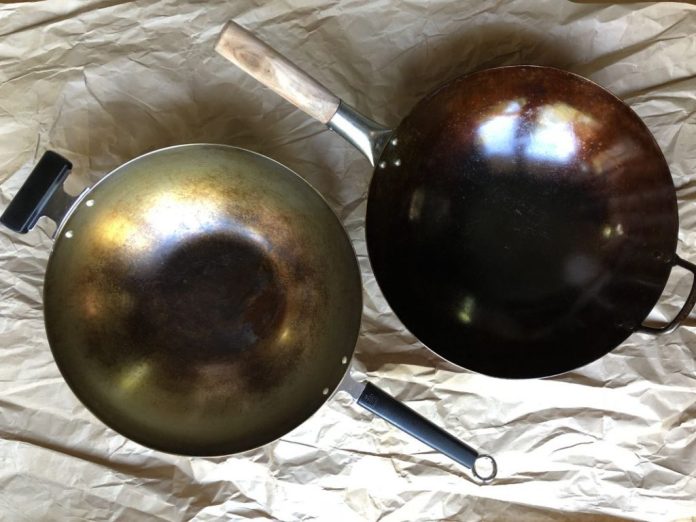Everybody loves Chinese food and is awestruck by the culinary skills displayed by Chinese chefs with their cooking ware. But, ever wondered what this cookware is? This ancient Chinese cooking vessel with a deep, rounded bottom is known as a wok. Many would even go so far as to argue it’s an essential appliance in a Chinese kitchen. Of course, to prepare delicious Chinese food, you don’t necessarily need to purchase a saucepan. However, it has certain essential benefits. They distribute heat evenly, use less oil for deep-frying than a conventional deep-fat fryer, and can be used with a saucepan and bamboo steamer to steam Chinese buns. Explored below are some critical considerations to make before adding one to your kitchen:
Maintenance and Care: Prior to using your saucepan for the first time, it is crucial to season it. To avoid corrosion, manufacturers treat woks with a preservative oil that is removed during seasoning and replaced with a thin layer of cooking oil. Additionally, it’s crucial to clean your saucepan after every use. However, giving a broad set of seasoning and cleaning procedures is challenging given the range of pans for frying available today.
Non-Stick: Woks with a non-stick coating are now widely available thanks to the current trend in low-fat cooking. The specific layer and application method will determine how well non-stick functions. Non-stick coatings, however, don’t perform well on carbon steel. Non-stick saucepans are made to make cooking with less oil more straightforward, much like any non-stick pan. Even while seasoned carbon steel saucepans are non-stick, not everyone wants to go through the process. Some people would prefer the saucepan to be usable right away, in which case purchasing a non-stick is a better choice.
Over time, non-stick finishes have evolved to resist the higher temperatures required for stir-frying. They do a fantastic job and are unquestionably simpler to clean and maintain than carbon steel, but they still don’t precisely sear the food in the same way. Try a strong gauge aluminium saucepan if you want the non-stick coating.
Material Type: Cast iron and carbon steel are regarded as the two best materials for flavour and uniform heat conduction by traditional cooks. Its capacity to conduct searing heat and seasoning (a treatment of the pan’s surface with hot fat that gives taste and non-stick characteristics) enables it to produce a highly desired smoky flavour produced when igniting oil and water. Working with the most excellent ingredients is the only way to create a real wok hei, as even some of the best traditional restaurant chefs can battle for years to achieve so.
One of the uncommon situations where it does not apply is this one. A suitable carbon steel saucepan cannot be replaced. It transfers heat evenly and is also reasonably priced. Asian cooks with experience recommend carbon steel woks above the many other saucepan kinds available today, including those made of aluminium, stainless steel, and even copper.
Seasoning: To prepare a saucepan for cooking, it must first be “seasoned” by applying a thin layer of oil to it. However, at home, you might be able to get away with seasoning every other or third meal. Professional cooks would do this before every usage of the saucepan. Next, a fresh saucepan must be carefully cleaned before being heated. Once it has cooled, rinse it once again before coating the entire pan with a fragile layer of oil using medium heat and an oil-soaked cloth (or some kitchen roll). Consider these tips listed above, and be sure to buy a suitable saucepan









